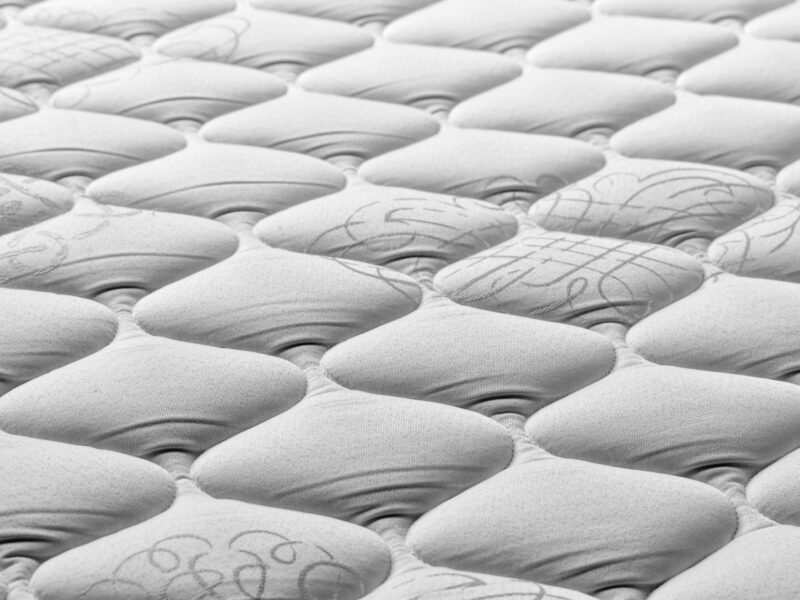Mold is more than just the unsightly black growth you see around your baseboards, and it’s not just the musty odor that greets you when you enter a room. It is a severe health threat.
Assessing the condition is the first step in mold remediation. A restoration company will isolate the contaminated area with plastic or polyurethane sheeting.
Reputation
Mold spores can hide in porous items such as carpets or furniture, so removing the material is the only way to remove them altogether. This is a dangerous task that requires specialized equipment. The contaminated materials are then bagged and labeled as hazardous waste. They may be sent for a specialized cleaning or thrown away.
The next step is to dry the area. This is critical because the presence of moisture is what leads to mold regrowth. A reputable water damage restoration firm would employ dehumidifiers and fans to speed up drying.
The best companies will also address the problems that led to mold growth in the first place. This could include repairing leaks or addressing humidity levels that promote mold growth. This will help prevent future issues and protect your property for your family or employees. They will also provide transparent communication and high certification standards for their technicians.
Certifications
Mold contamination can be a significant problem. It is not only dangerous to health, but it can also damage the home’s structure. It is essential to find mold removal services with the right experience and knowledge to clean up the mold and prevent it from returning. A trained professional will follow industry protocols and the guidelines of other professional or government organizations.
When a team of professionals inspects a house for mold, they first locate the areas with elevated moisture levels. This helps them determine the extent of the problem. They then perform a thorough visual inspection of the affected area.
Then, the mold specialists will seal off the affected area to keep airborne spores from spreading to other parts of the home. They will use plastic sheeting to isolate the contaminated area. They will also remove porous building materials, such as drywall and carpeting, and discard them accordingly.
Experience
A mold remediation service should offer extensive services, including inspection and assessment, cleaning, sanitization, and containment. It should also have a team of trained professionals who understand the importance of handling mold growth professionally.
The mold remediation process’s first step is isolating the contaminated area. The company will use plastic sheeting to block off the affected areas from the rest of your home or office. They will also set up air filtration systems to reduce the spread of mold spores.
The next step is removing mold-affected porous building components, such as drywall, insulation, and carpets. These will be taken away and disposed of safely so the mold doesn’t return. Then, nonporous materials can be cleaned using antimicrobial cleaners and sealed to prevent future mold growth. The mold removal and remediation service will use dehumidifiers and fans to dry the cleaned surfaces.
Moreover, emergency water removal is a crucial first step in restoration, emphasizing the importance of a rapid and professional response to water-related emergencies. Property owners can significantly reduce water damage’s long-term impact and costs by engaging in swift, effective water removal.
Pricing
Several factors influence the cost of mold removal. The location and size of the mold, as well as how contaminated the area is, can affect the overall price. Additionally, the type of mold can increase the cost of inspection and remediation. The mold that is hidden or difficult to access can also be more expensive.
The first step of the mold remediation process involves spraying the affected area with a biocide, an EPA-approved liquid that kills mold spores. Then, the professionals will apply an encapsulating product to prevent mold from growing in that area again.
After cleaning the area, the team will thoroughly dry all materials. This is done using air movers and dehumidifiers. Then, nonporous items can be cleaned with antimicrobial cleaners and sealants. Porous items like gypsum board and plywood subflooring may need to be removed and sent for specialized cleaning. Finally, the mold spores in the air are removed with HEPA filters.



